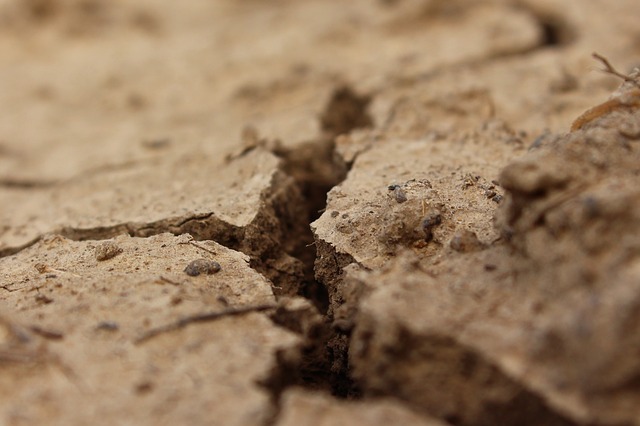Soil Test Economics
 Fall is an excellent time to soil test, but with commodity prices where they are, logic may say that now is not the time to spend money for soil testing. However, research has shown that the economics of soil testing is actually better when crop prices are low.
Fall is an excellent time to soil test, but with commodity prices where they are, logic may say that now is not the time to spend money for soil testing. However, research has shown that the economics of soil testing is actually better when crop prices are low.
When prices are low, all management decisions must be thoroughly scrutinized. Fertilizer input is one of the areas that producers have ultimate control over. With tight margins, over-applying an unneeded amount or under-applying a yield limiting amount could mean the difference between a profitable year, or the alternative.
Quite a few years ago, now former K-State Research and Extension Agricultural Economists Terry Kastens and Kevin Dhuyvetter simulated 10,000 projections to try and quantify the value of following the recommendations of an accurate soil test. Their results showed a conservative estimate of savings of $4-5 per acre from an accurate soil test, which makes the minimal cost of soil testing definitely justifiable.
In fact, their projections showed that the economic return due to soil testing was greater when commodity prices are low. This was mainly due to the fact that the margin for potential returns is much tighter when grain prices are low.
Soil testing offers producers one avenue in which to make educated decisions on soil fertility decisions. However, if producers utilize further options to refine their recommendations, their economic return could be even greater.
For instance, estimating nutrient removal by previous crops can more accurately pinpoint the correct fertilizer rate. For example, this year’s soybean crop has been quite good in our area. If the field averaged 60 bushels per acre, one could figure that for every bushel produced, soybeans remove 0.8 lbs. of phosphate or 48 lbs. per acre of this crop. For reference sake, corn removes 0.33 lbs. of phosphate per bushel and wheat remove 0.5 lbs. per bushel.
Additionally, if available, utilizing yield monitor data could help producers target areas of the field that may have less fertility due to being extremely productive over many years. In fact, utilizing many years of this data may actually provide the most accurate information for what are the true nutrient levels for the field.
In addition, if producers want to compare soil tests from the same field over a given amount of time, the samples need to be taken at similar times of the year. Nutrient levels fluctuate throughout the year, so I recommend taking them after harvest in the late fall or early winter so that the samples can be correlated over time.
Rather than simply guess, it is highly recommended to soil sample, not only in the high profitability years, but especially during times of tighter margins. The Kansas State University Agronomy Department offers a soil testing lab on campus. In addition, there are independent labs that also offer soil testing services. For more information or if you have any questions, please call me at the office (620) 724-8233, or e-mail me at jcoltrain@ksu.edu, or visit the Wildcat Extension District website at www.wildcatdistrict.ksu.edu.
Contact:
Josh Coltrain
Crop Production and Local Foods Agent
Wildcat Extension District
jcoltrain@ksu.edu
(620) 724-8233
K-State Research and Extension is an Equal Opportunity Provider and Employer
